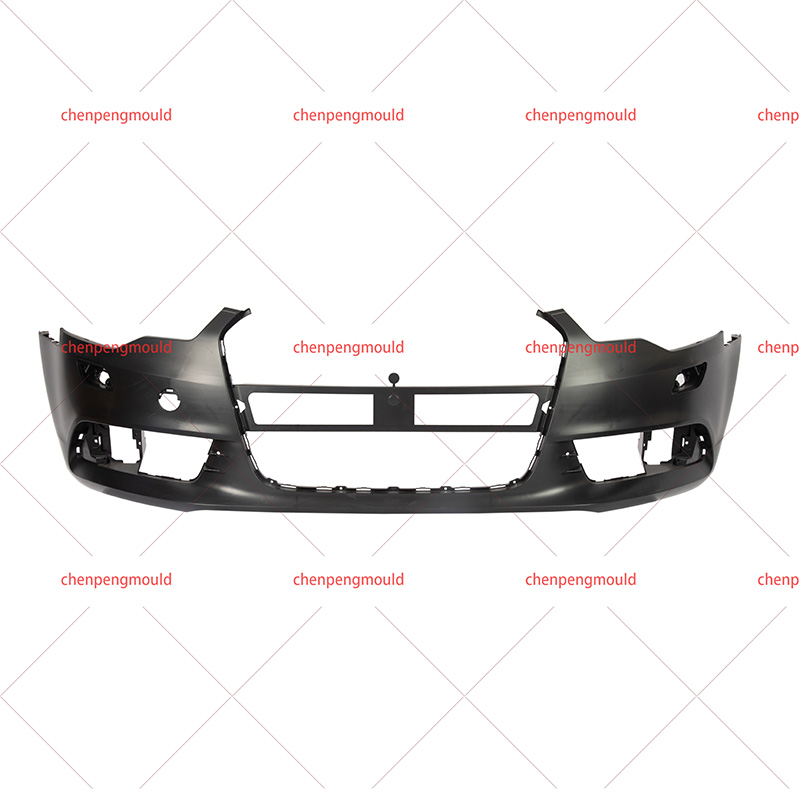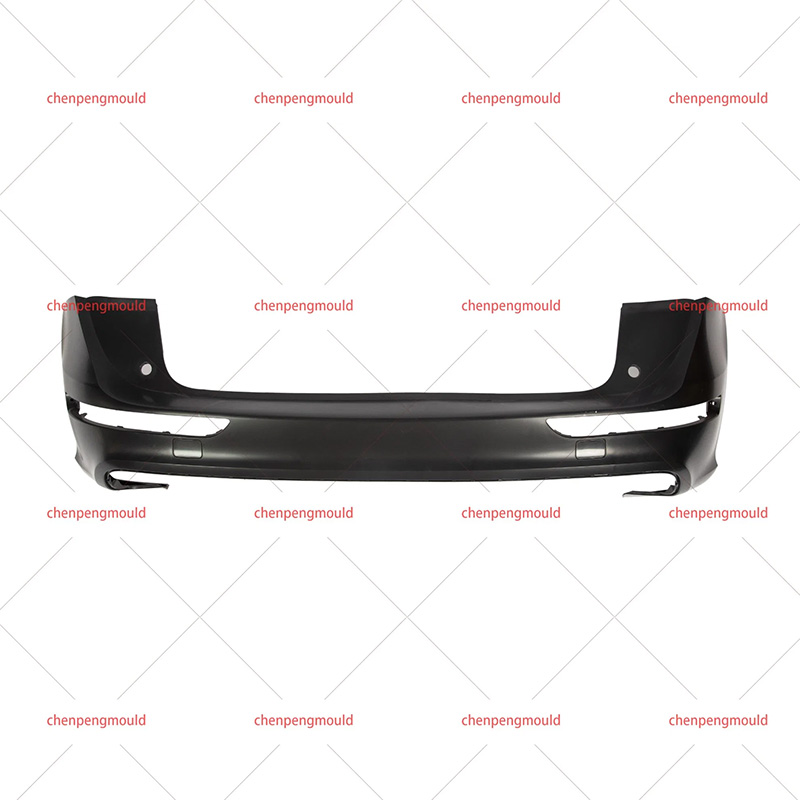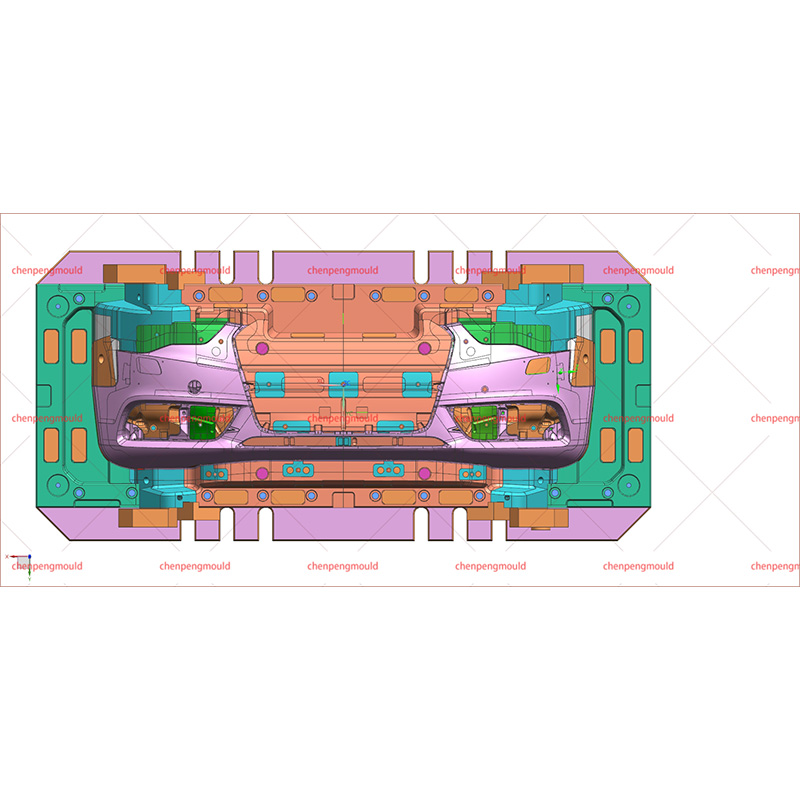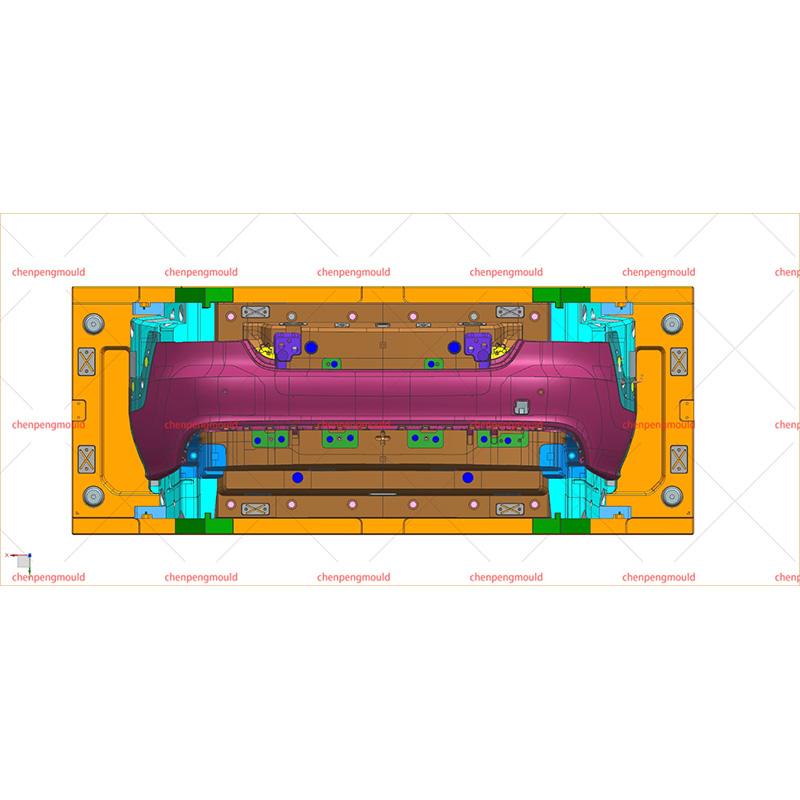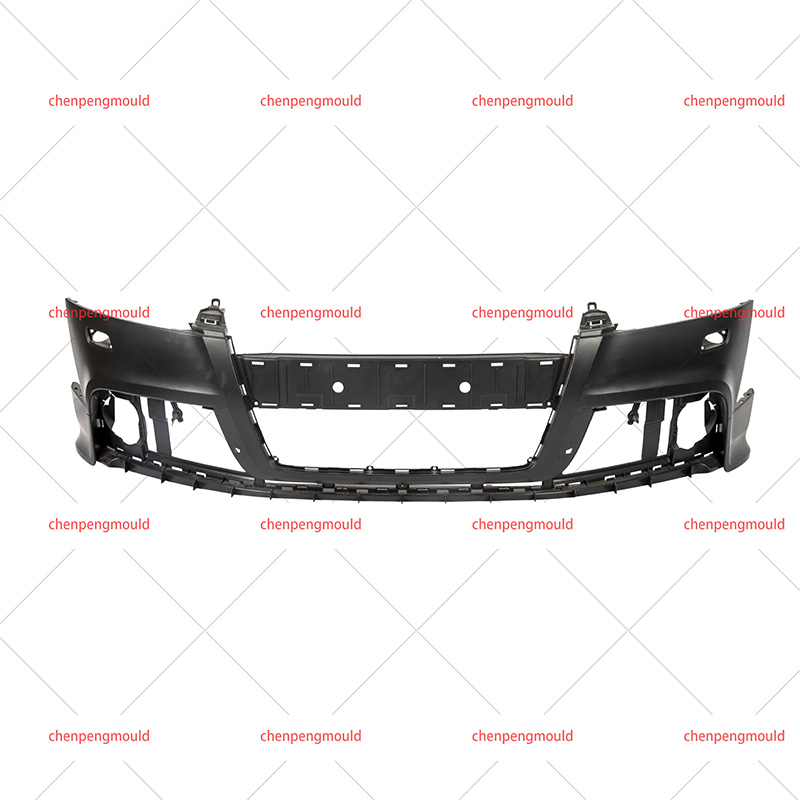Wholesale Custom Car Bumpers Injection Molding Sale Supplier
In the intricate world of automotive engineering, safety stands as an uncompromising pillar. At the forefront of this commitment lies the car bumper, a fundamental component designed to protect vehicles and occupants from the impact of collisions. In recent decades, the evolution of manufacturing techniques has ushered in a new era of innovation, with car bumpers injection molding emerging as a pivotal process in the production of durable, lightweight, and aesthetically pleasing bumpers.
Car bumpers injection molding is a manufacturing process that revolutionized the automotive industry, enabling the production of lightweight, durable, and intricately designed bumpers with unparalleled precision. This process involves injecting molten thermoplastic polymers into a pre-designed mold cavity, where they solidify to form the desired bumper shape and configuration. Car bumpers injection molding offers numerous advantages over traditional manufacturing methods, including:
Design Flexibility: Injection molding allows for the creation of complex geometries, intricate features, and customized designs to meet specific vehicle requirements and aesthetic preferences. Designers have the freedom to incorporate contour lines, aerodynamic profiles, and integrated styling details, enhancing the bumper's visual appeal and brand identity.
Material Versatility: Car bumpers injection molding accommodates a wide range of thermoplastic polymers, including polypropylene (PP), acrylonitrile butadiene styrene (ABS), polycarbonate (PC), and polyethylene (PE). Each material offers unique properties such as impact resistance, stiffness, weatherability, and recyclability, allowing for tailored solutions to diverse automotive applications.
Cost Efficiency: Injection molding is a cost-effective manufacturing process characterized by high production efficiency, minimal material wastage, and rapid cycle times. Automotive manufacturers benefit from reduced tooling costs, streamlined production workflows, and economies of scale, resulting in competitive pricing and enhanced market competitiveness.
Weight Reduction: Lightweighting is a key priority in automotive design, as it contributes to fuel efficiency, performance, and emissions reduction. Car bumpers injection molding enables the production of lightweight bumpers with optimized material distribution, structural integrity, and crashworthiness, without compromising safety or durability.
Integrated Functionality: Injection molding facilitates the integration of functional features within the bumper assembly, such as sensors, air ducts, fog lights, and parking assist systems. These integrated components enhance vehicle performance, convenience, and safety while maintaining a seamless exterior appearance.
Safety and Crashworthiness
Car bumpers play a critical role in vehicle safety by absorbing and dissipating kinetic energy during collisions, reducing the severity of impact forces transferred to the vehicle structure and occupants. Injection-molded bumpers are engineered to meet stringent safety standards and regulatory requirements, ensuring optimal crashworthiness and occupant protection in various collision scenarios. Advanced simulation tools, such as finite element analysis (FEA) and crash simulation software, enable automotive engineers to optimize bumper designs for impact performance, structural integrity, and occupant survival space preservation.
Design Considerations and Innovations
Designing car bumpers for injection molding requires careful consideration of various factors to achieve optimal performance, aesthetics, and manufacturability. Automotive designers leverage advanced CAD software, mold flow analysis, and rapid prototyping techniques to iterate and refine bumper designs iteratively. Innovations in car bumpers injection molding continue to drive progress in automotive engineering, with notable advancements including:
Multi-Material Molding: Multi-material injection molding techniques enable the integration of different polymers, colors, and textures within a single bumper assembly. Overmolding, insert molding, and co-injection molding processes allow for the creation of hybrid bumpers with tailored properties and aesthetics.
Sustainable Materials: Automotive manufacturers are increasingly adopting sustainable materials such as recycled plastics, bio-based polymers, and lightweight composites for car bumpers injection molding. These eco-friendly materials reduce environmental impact, conserve natural resources, and support circular economy initiatives while maintaining performance and aesthetics.
Additive Manufacturing Integration: Additive manufacturing technologies such as 3D printing are increasingly integrated into car bumper production processes, enabling rapid prototyping, tooling fabrication, and customization. Hybrid approaches combining injection molding with additive manufacturing allow for the creation of complex geometries, lightweight structures, and customized features not feasible with traditional methods alone.

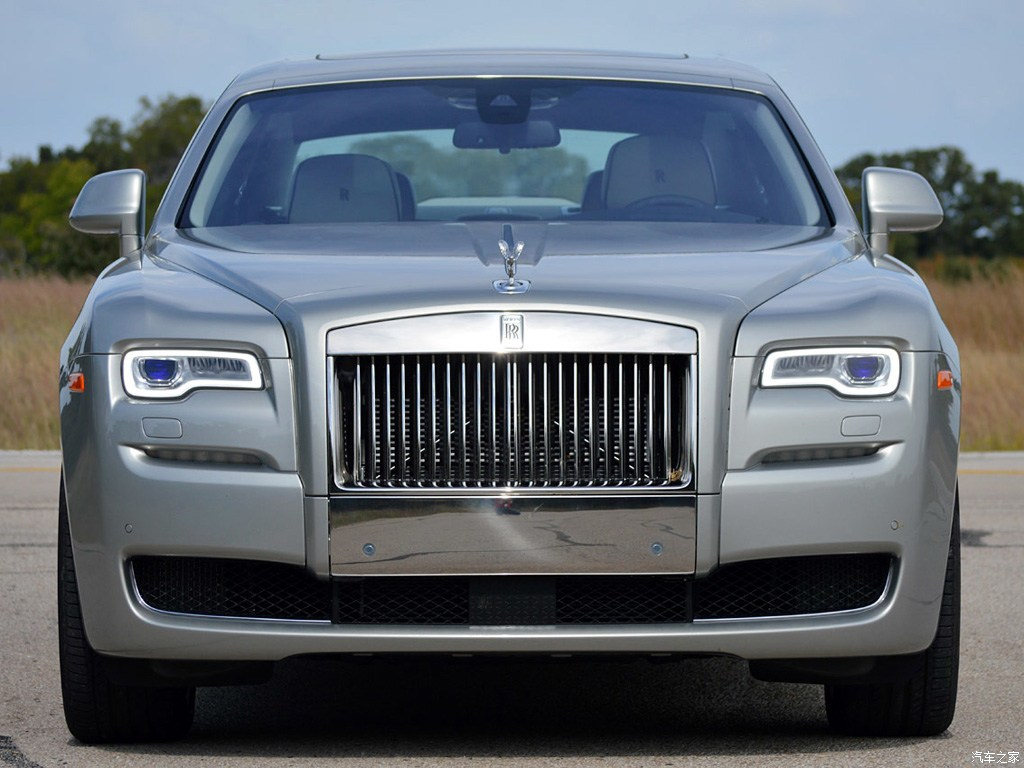
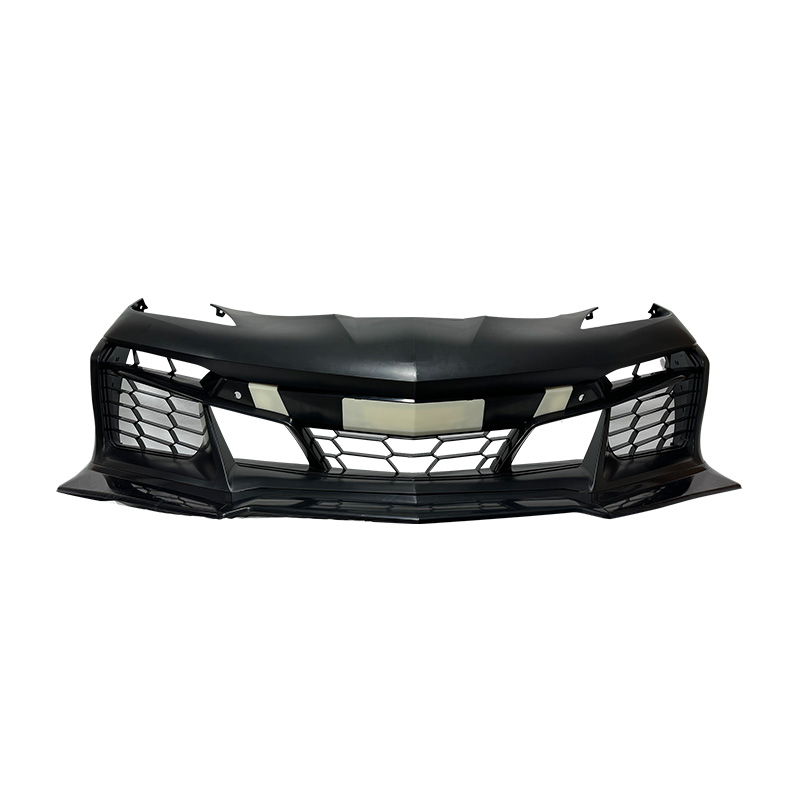
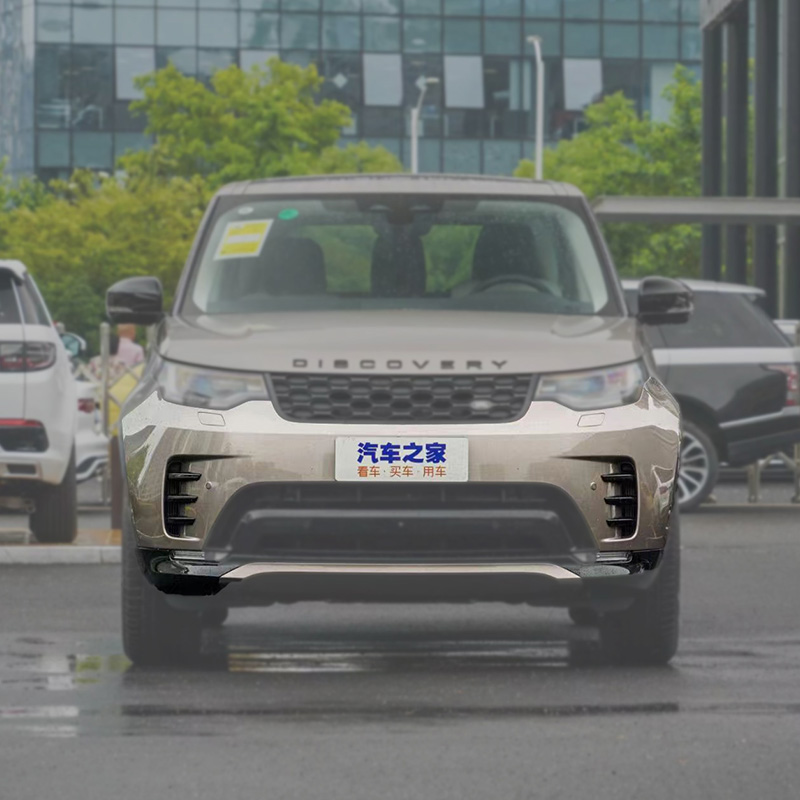
 +86-18357617666
+86-18357617666
